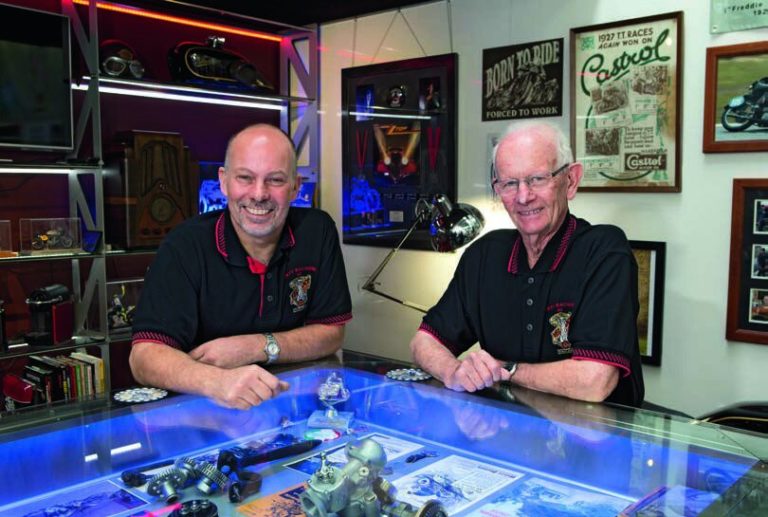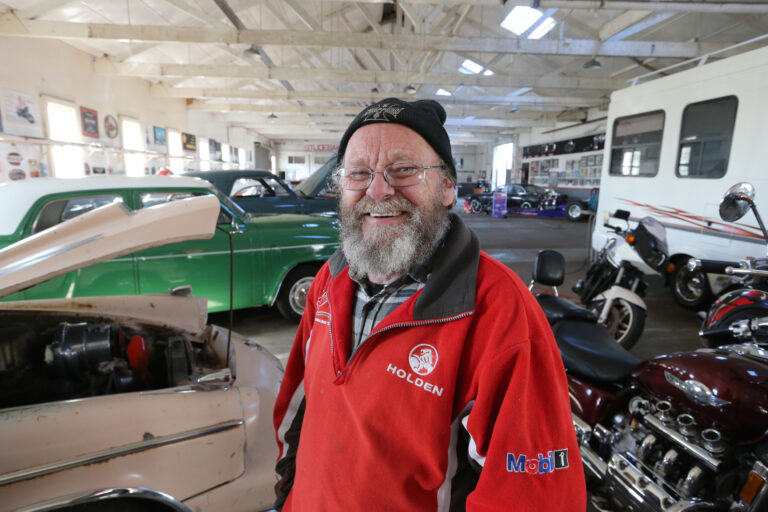1952 AJS Motorbike restoration
From Rust to rrroarrr part three
The engine and gearbox go into the frame
It’s time to attend to the engine and gearbox. In this instalment, Peter pulls them apart to assess their condition and then repair and restore them. There are also some painting decisions to be made
By Peter Barton
Photographs: Peter Barton
This part three was published in the April/May 2025 issue 120.
Follow the restoration series in The Shed magazine. Head here to our own online store to purchase copies.



